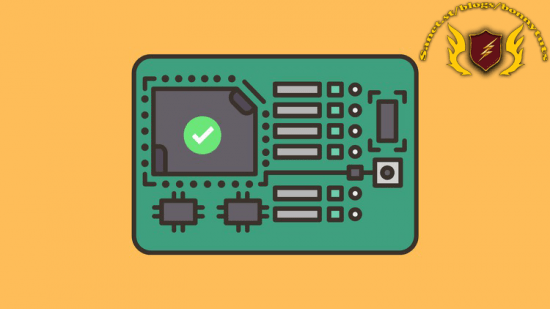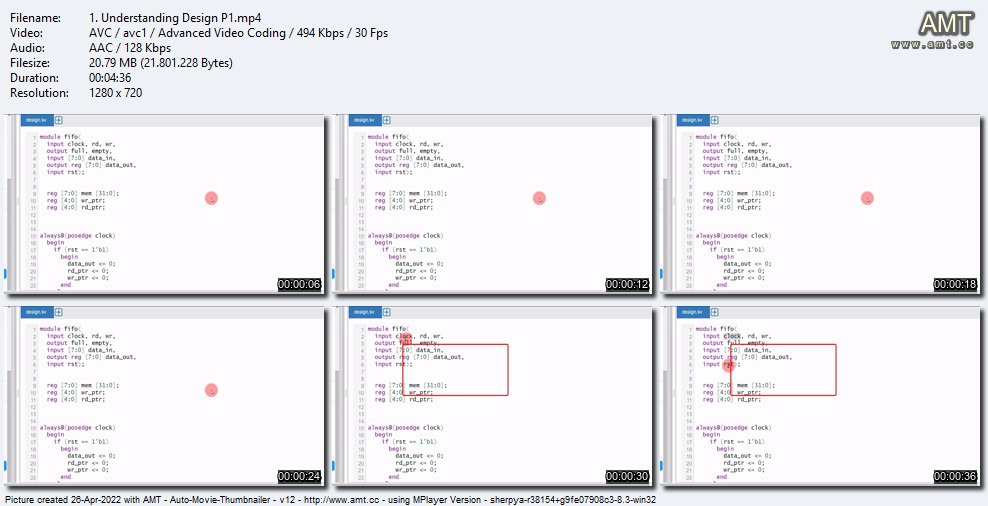
Published 04/2022
MP4 | Video: h264, 1280×720 | Audio: AAC, 44.1 KHz, 2 Ch
Genre: eLearning | Language: English + srt | Duration: 150 lectures (15h 19m) | Size: 5.6 GB
Verification of Common Peripherals, Memories, and Bus Protocol
What you’ll learn
Verification of Memories viz. FIFO
Verification of Bus Protocols viz. APB, AHB, AXI, Whishbone
Verification of Interface Communication Protocols viz. SPI, UART, I2C
Verification of Simple Compinational Block viz. Adder
Verification of Simple Sequential Block viz. Data Flipflop
Requirements
Fundamentals of Verilog, Digital Electronics
Description
The VLSI industry can be divided into two branches, viz., design of RTL and verification of the RTL. Verilog and VHDL remain the popular choices for most design engineers working in RTL design. Functional verification could also be performed with the Hardware Description Language, but the Hardware Description Language has limited capabilities for performing code coverage analysis, corner case testing, and so on, and writing TB code may be impossible for complex systems at times.
SystemVerilog has become the primary choice of verification engineers to perform verification of complex RTL’s. SystemVerilog object-oriented capabilities such as inheritance, polymorphism, and randomization allow users to find critical bugs with minimum effort.
Each complex system in FPGAs is built with the help of multiple subsystems. These subsystems can be either simple sequential components / simple combinational components / data communication protocols RTL / bus protocol RTL.
Once we understand strategies to perform verification of the common subsystems, you can easily perform verification of any complex system with the same logic.
Our objective for the course will be to build logic with the help of the fundamentals discussed in the first part of the course to perform verification of these common subsystems. We start our course by performing verification of data flipflops and FIFOs, then proceed to verification of common data communication protocols, viz., SPI, UART, and I2C. Finally, we will perform the verification of bus protocols, viz., ABP, AHB, AXI, and Whishbone protocol.
Who this course is for
Anyone wish to learn Verification of the RTL with SystemVerilog

Password/解压密码www.tbtos.com
转载请注明:0daytown » SystemVerilog for Verification Part 2 : Projects